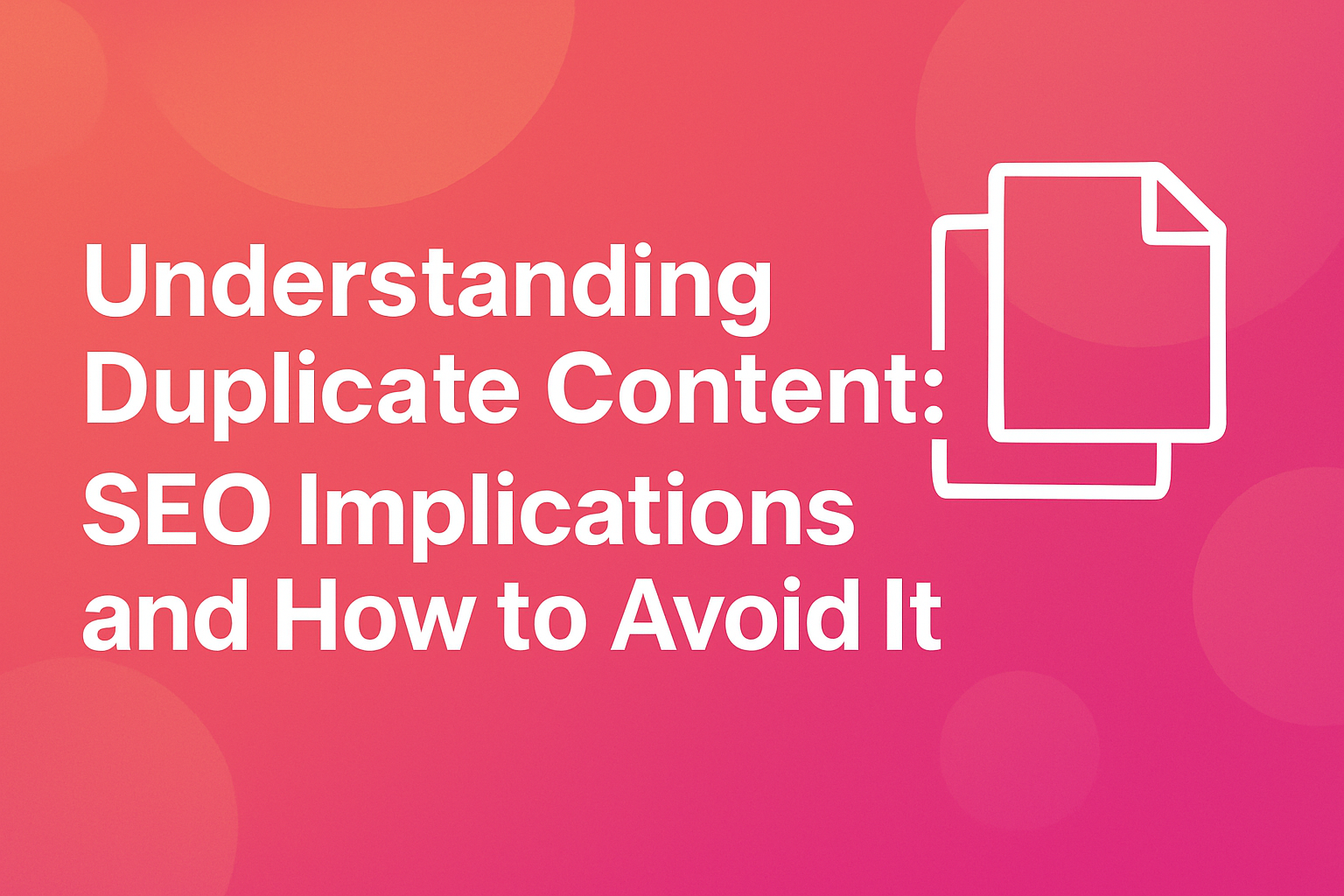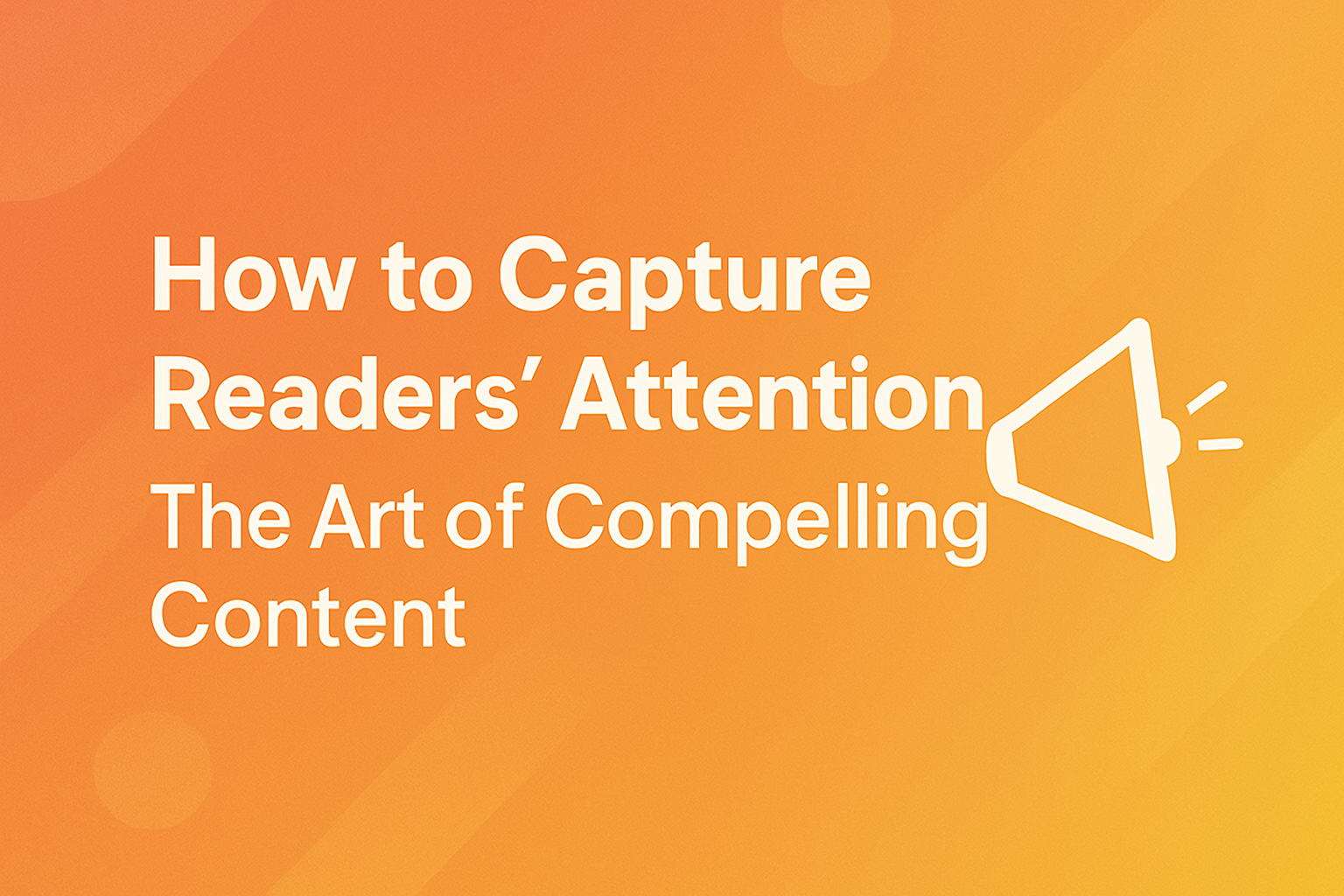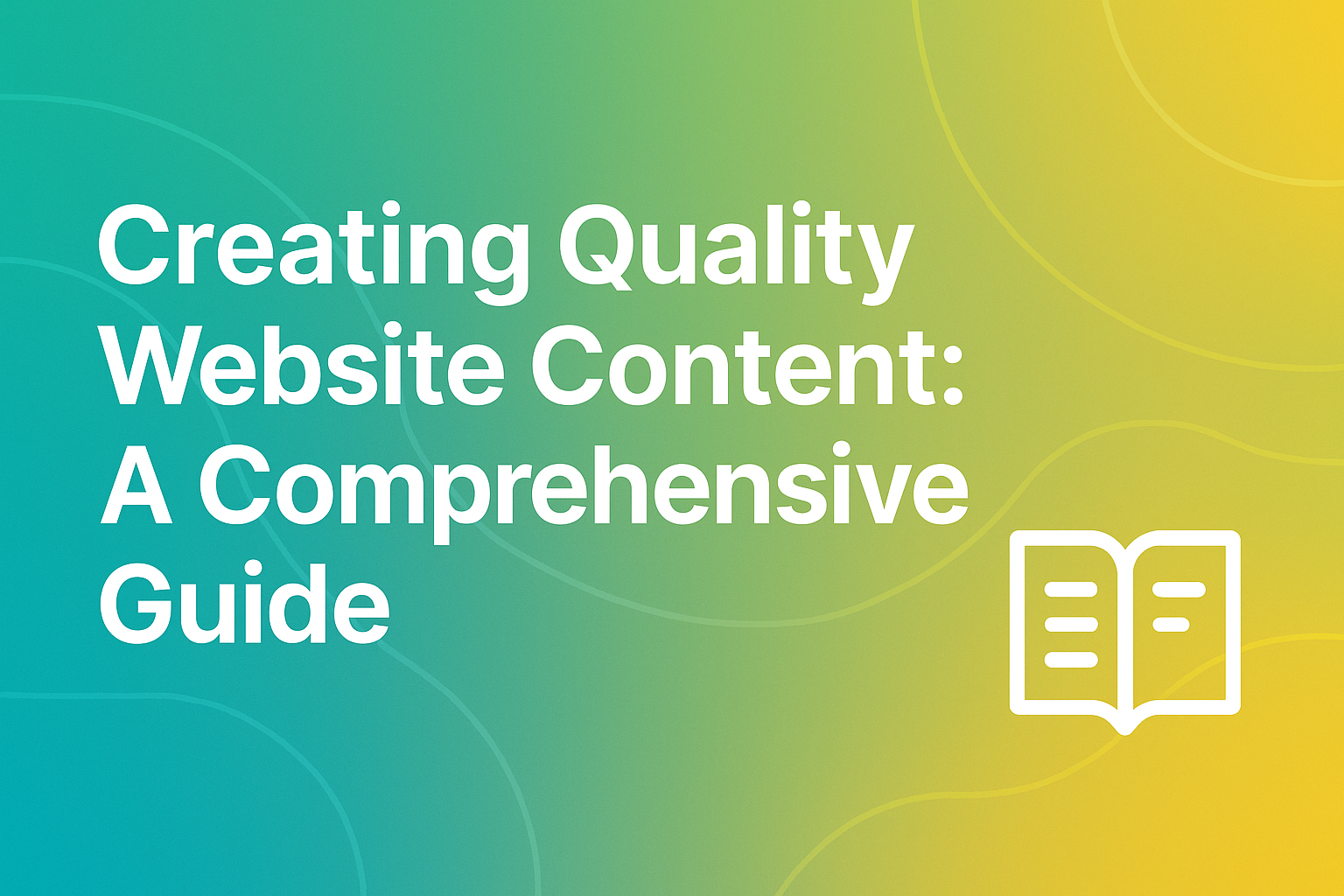
Understanding Duplicate Material: SEO Implications and How to Avoid It
Learn what duplicate material is, why it matters for SEO, and practical strategies to prevent it from affecting your website's performance.
Read articleCheck your papers for plagiarism with our advanced AI tools


In today's information-saturated world, capturing and maintaining reader attention has become increasingly challenging. The average person now has an attention span shorter than that of a goldfish—just eight seconds, according to some studies. Yet, certain text manages to break through the noise, engaging readers from the first word to the last. This article explores proven strategies to grab attention, sustain interest, and create materials that resonate with your audience.
Before diving into specific techniques, it's helpful to understand the psychological factors that influence what captures human attention:
By intentionally incorporating these triggers into your work, you significantly increase your chances of capturing and maintaining reader attention.
The headline is your first—and often only—opportunity to capture attention. Studies show that while 80% of people will read your headline, only 20% will read the rest of your text.
Ask a thought-provoking question that relates to your readers' concerns:
Promise a valuable skill or solution:
Provide a clear expectation of structured, scannable information:
Leverage loss aversion (our tendency to fear losses more than we value gains):
Create intrigue by hinting at valuable information without revealing everything:
If your headline succeeds in getting readers to start, the opening paragraph—your hook—must immediately convince them to continue.
Begin with a surprising fact that challenges assumptions:
"65% of today's elementary school students will end up in jobs that don't exist yet."
Make a bold, possibly controversial claim that demands further explanation:
"Everything you've been taught about password security is wrong."
Paint a picture that readers can see themselves in:
"You're staring at your phone, thumb hovering over the 'purchase' button, wondering if you're about to make a terrible mistake."
Pose a question that readers want answered:
"What if the secret to productivity isn't working harder, but working significantly less?"
Challenge conventional wisdom:
"The most successful people don't set goals. Instead, they do something entirely different."
Before reading a single word, readers make split-second decisions about your material based on how it looks. Dense, unbroken text signals a difficult reading experience and prompts many to click away.
Borrowed from journalism, this structure puts the most important information first:
This approach ensures value delivery even for readers who don't finish the entire piece.
Human brains are wired for stories. We process narratives differently than other information, engaging more parts of our brain and releasing chemicals that enhance attention, emotional connection, and memory.
Sharing relevant personal experiences creates connection:
"Three years ago, I found myself standing in an emergency room at 2 AM, suffering from what I later learned was my third panic attack that month..."
Real-world examples demonstrate concepts in action:
"When Rachel launched her coaching business, she had zero online presence. Within six months, using the strategy I'm about to share, she had a waiting list of clients and had tripled her rates."
Drawing parallels with historical events adds authority:
"In 1914, Ernest Shackleton placed a newspaper ad to recruit men for his Antarctic expedition. The wording of that advertisement offers a masterclass in honest marketing that remains relevant today..."
Imagined situations can make abstract concepts concrete:
"Imagine walking into your next performance review with absolute confidence, armed with irrefutable evidence of your value to the company..."
The specific words and phrases you choose significantly impact reader engagement.
Activate the reader's senses to create a more vivid experience:
"The keyboard clicked softly beneath his fingers as the scent of fresh coffee wafted through the office."
Compare these sentences:
Active voice creates directness and clarity that maintains reader engagement.
The rhythm of your text influences how readers experience your material.
Mix long and short sentences to create rhythm:
"We tried everything. Marketing campaigns, product redesigns, pricing strategies, partnership opportunities—nothing worked. Until we didn't."
Create flow between paragraphs with transitional phrases and logical connections.
Use subheadings, images, or pull quotes to provide natural pauses.
For emphasis, occasionally use a one-sentence paragraph.
Like this.
Surprise maintains attention by preventing the brain from going on autopilot.
Vague, general information quickly loses reader interest. Specificity provides value and maintains engagement.
Even with a strong opening, material must sustain interest to the end.
Introduce questions or situations early that aren't resolved until later.
End sections with a teaser of what's coming next:
"Now that you understand why traditional networking fails, let's explore the 'connection catalyst' method that transforms strangers into allies in under five minutes..."
Change the format, introduce a surprising element, or shift perspective to maintain freshness.
Continually deliver new insights rather than elaborating on a single point.
The conclusion is your final opportunity to impact readers. A weak ending can undermine even the strongest material.
Direct readers toward a specific next step:
"Take five minutes now to audit your LinkedIn profile using this checklist. Which of the seven elements are you missing?"
Return to an example, story, or point from your introduction to create a sense of completion.
Paint a picture of what implementing your advice will achieve:
"The next time you face a difficult conversation, these three questions will transform it from a potential conflict into an opportunity for deeper understanding."
End with a thought-provoking question that continues working in the reader's mind:
"What would become possible in your life if you approached uncertainty not as a threat, but as your greatest source of opportunity?"
The most effective attention-grabbing techniques vary depending on your specific audience and context.
Use these metrics to refine your approach over time.
As you implement these techniques, remember that capturing attention comes with responsibility. The goal isn't to trick readers into consuming material that doesn't deliver value, but to ensure valuable material receives the attention it deserves.
The most effective approach combines these attention-grabbing strategies with genuinely helpful, insightful, and valuable material. When readers finish your piece feeling their time was well spent, you've succeeded not just in capturing their attention, but in earning their trust.
By mastering these techniques, you transform your material from something that might be scrolled past into an experience that readers not only consume but remember and act upon. In today's attention economy, there's no greater achievement for a writer.

Learn what duplicate material is, why it matters for SEO, and practical strategies to prevent it from affecting your website's performance.
Read article
Learn the essential strategies for crafting engaging, valuable website content that attracts and retains visitors while boosting your SEO performance.
Read article